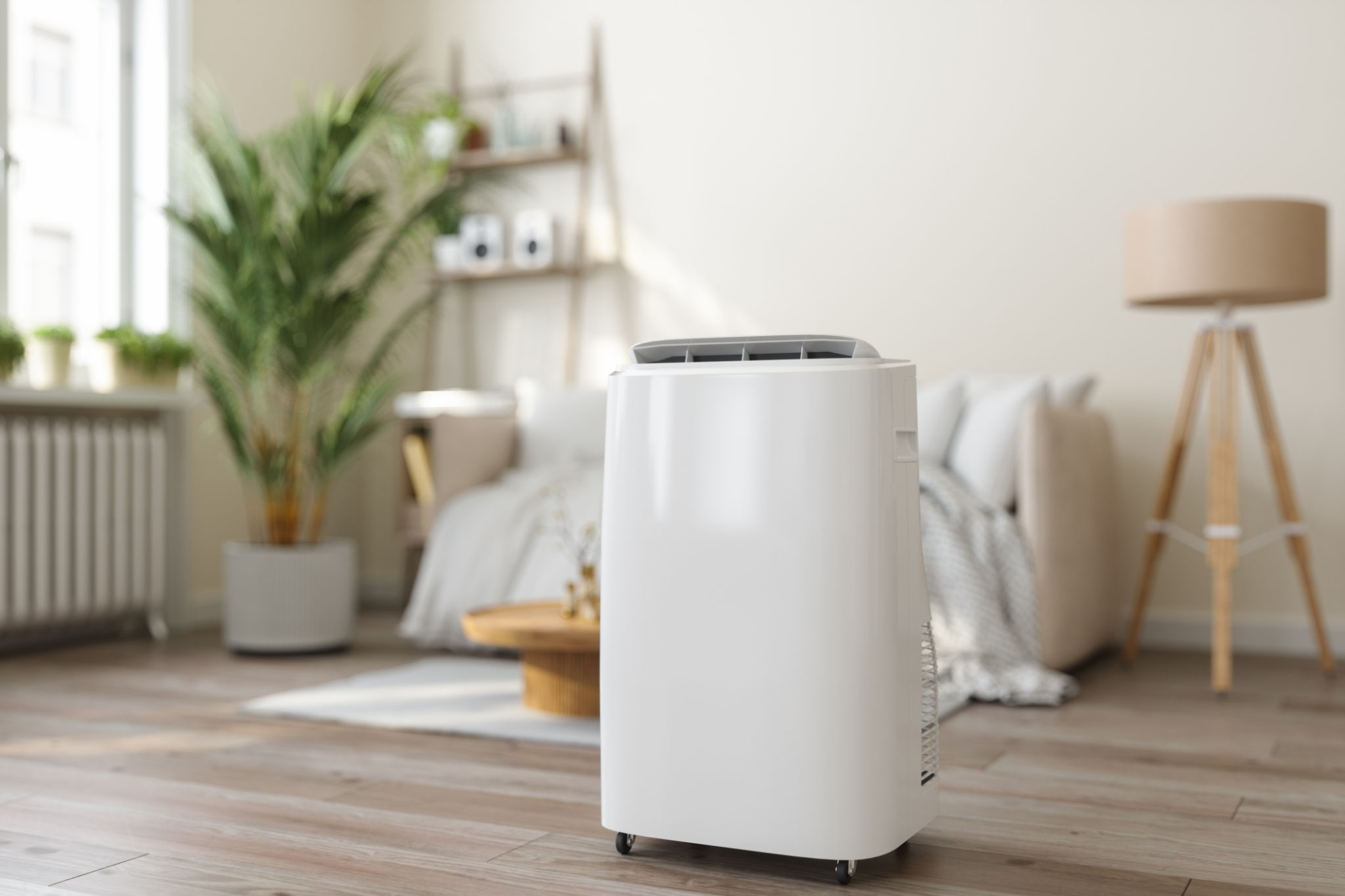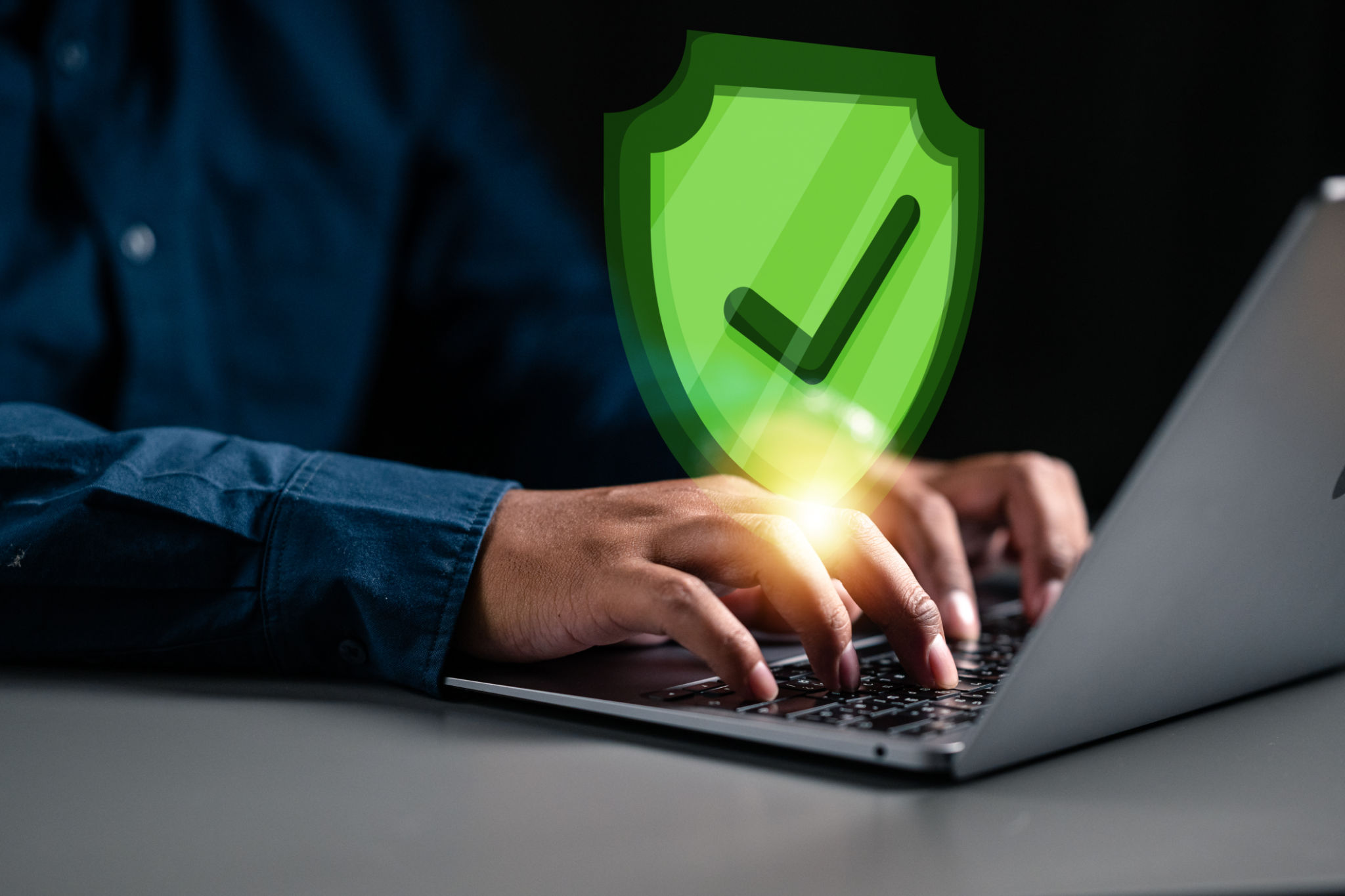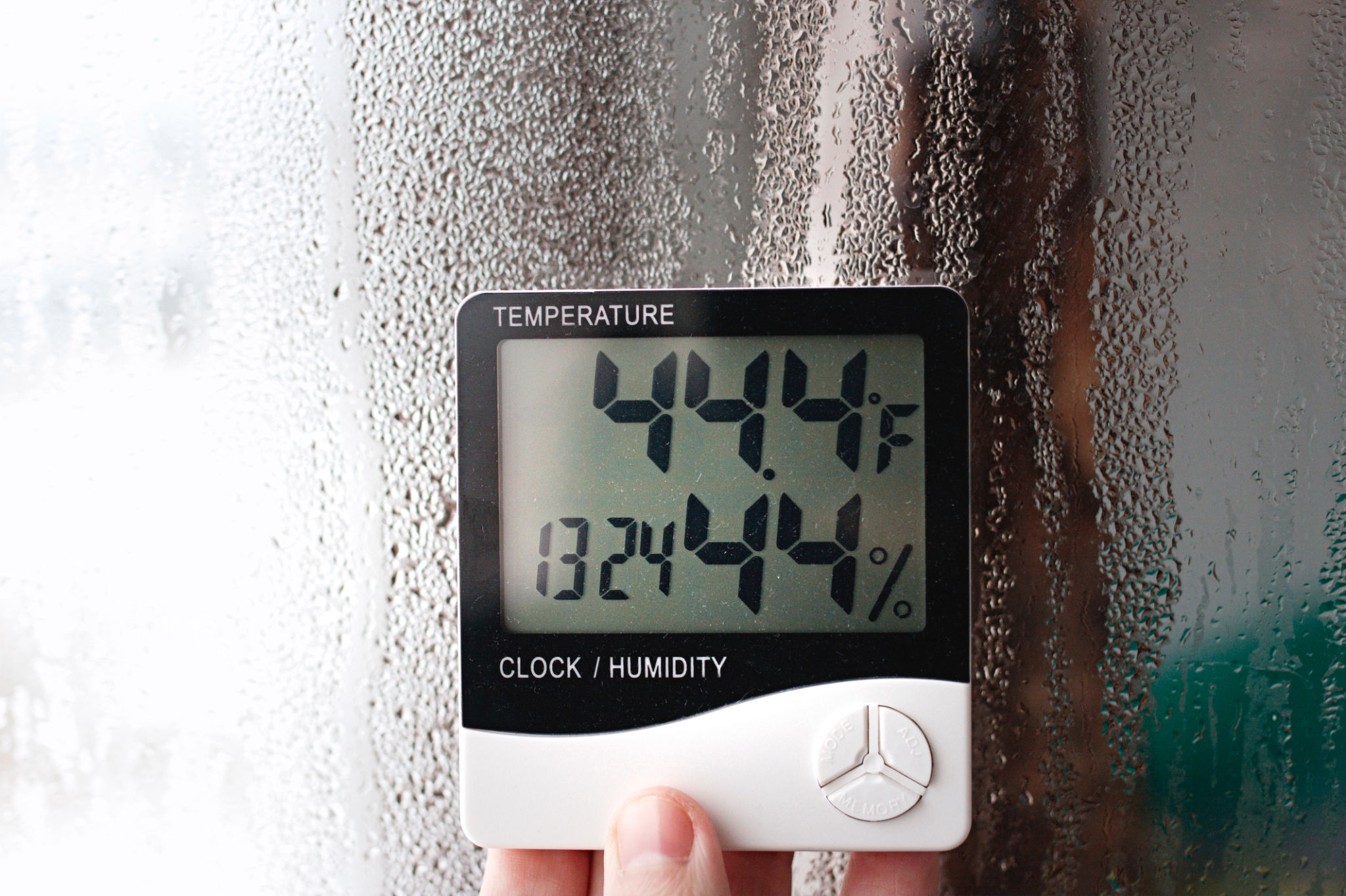How to Protect Your Electronics from Humidity and Heat
Understanding the Impact of Humidity and Heat on Electronics
Electronics are integral to our daily lives, but they are also vulnerable to environmental conditions such as humidity and heat. Both factors can cause significant damage over time, leading to malfunction or complete failure. Understanding how these elements affect your devices is the first step in safeguarding them.
Humidity can lead to condensation inside electronic devices, causing corrosion and short-circuiting. Similarly, excessive heat can cause components to expand and contract, leading to physical damage or performance issues. To ensure the longevity and functionality of your electronics, it's crucial to implement protective measures.

Effective Strategies to Protect Electronics
Maintain Optimal Environmental Conditions
To keep your electronics safe, maintain an optimal environment where humidity levels are between 30% and 50%. Using a dehumidifier can help regulate indoor humidity, especially in areas prone to dampness. Additionally, ensure that your devices are kept in a cool area, away from direct sunlight or heat sources like radiators and stoves.
Use Protective Covers and Cases
Protective covers and cases offer an additional layer of defense against the elements. Choose cases that are designed to protect against moisture and heat. For instance, waterproof cases can be particularly effective if you live in a humid climate or if your devices are frequently exposed to the outdoors.

Regular Maintenance and Monitoring
Perform Regular Cleanings
Dust and debris can trap heat and moisture, exacerbating the effects of humidity and temperature on your electronics. Regularly clean your devices using soft, dry cloths and appropriate cleaning solutions. Pay special attention to vents and ports where dust tends to accumulate.
Invest in Monitoring Devices
Consider investing in humidity and temperature monitoring devices for your home or office. These tools can alert you when conditions become unfavorable for electronics, allowing you to take corrective action promptly. By staying informed, you can prevent damage before it happens.

Best Practices for Storage
Store Electronics Properly When Not in Use
When storing electronics for extended periods, make sure they are placed in cool, dry environments. Use silica gel packs or other desiccants in storage containers to absorb excess moisture. Additionally, avoid stacking devices on top of one another, as this can restrict airflow and increase heat retention.
By following these strategies, you can significantly reduce the risk of damage from humidity and heat. Prioritizing the protection of your electronics not only ensures their longevity but also maximizes their performance over time.
Conclusion
Protecting your electronics from humidity and heat requires a proactive approach that combines environmental control, proper storage, and regular maintenance. By implementing these measures, you safeguard your investment and ensure that your devices continue to operate efficiently for many years.